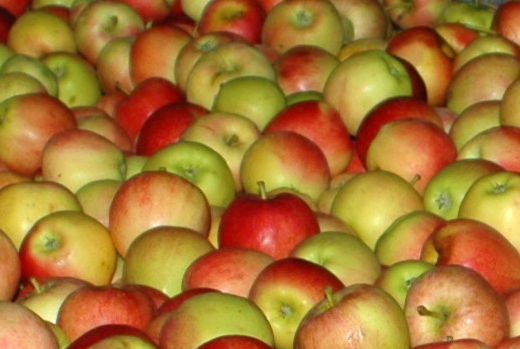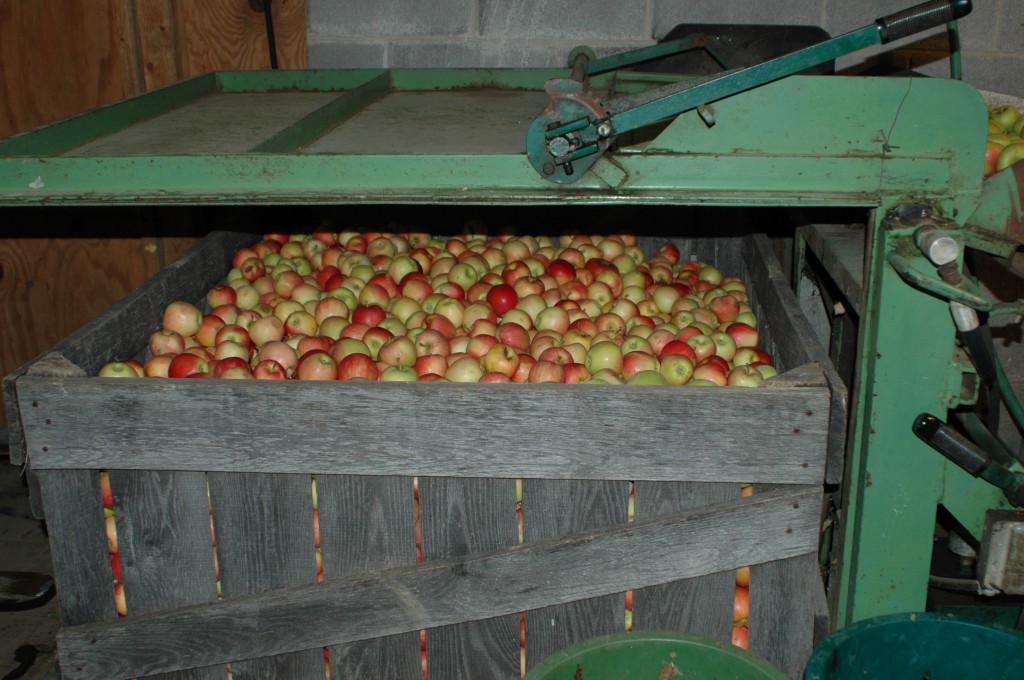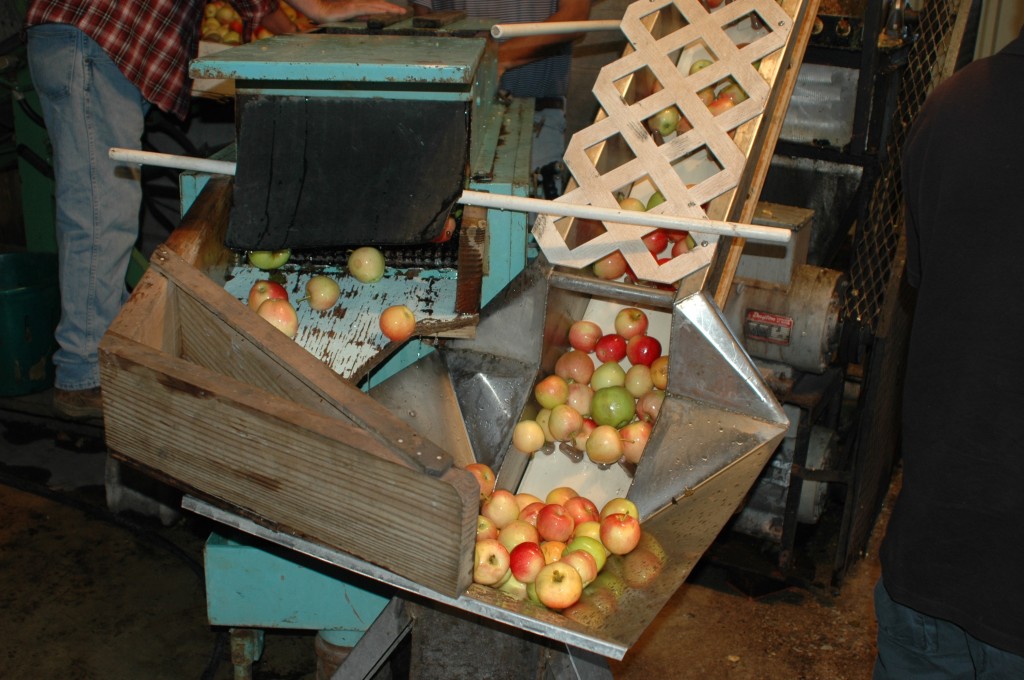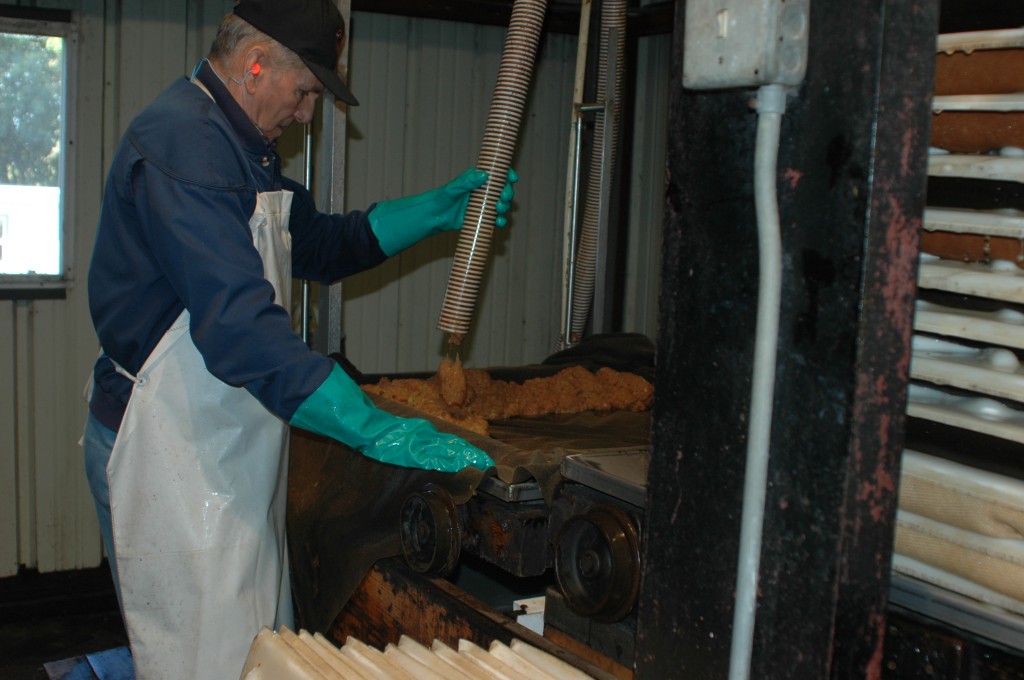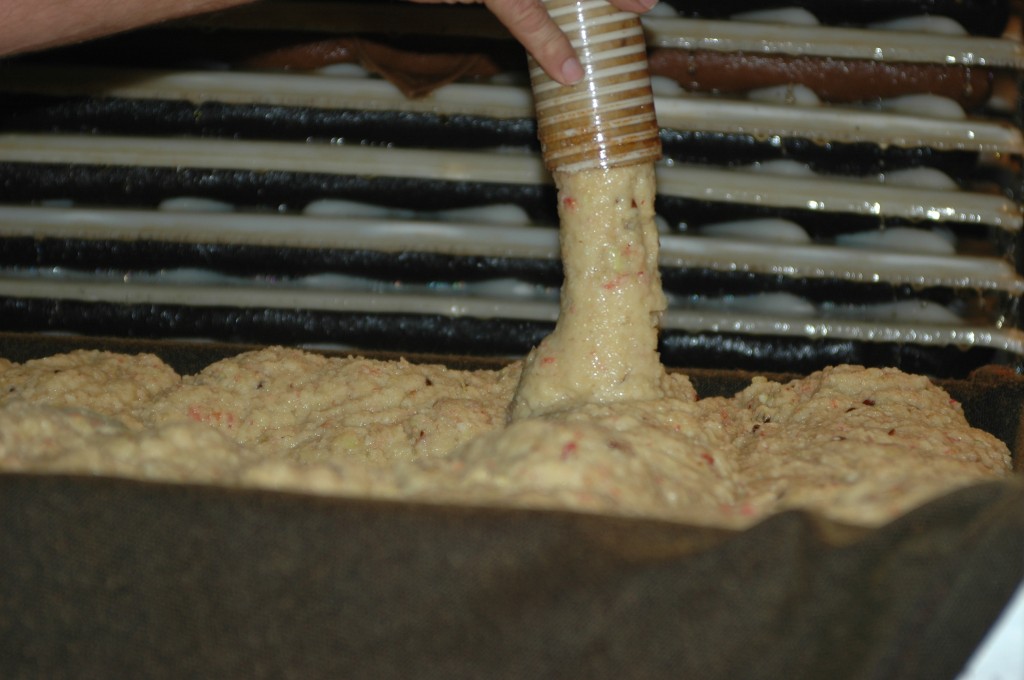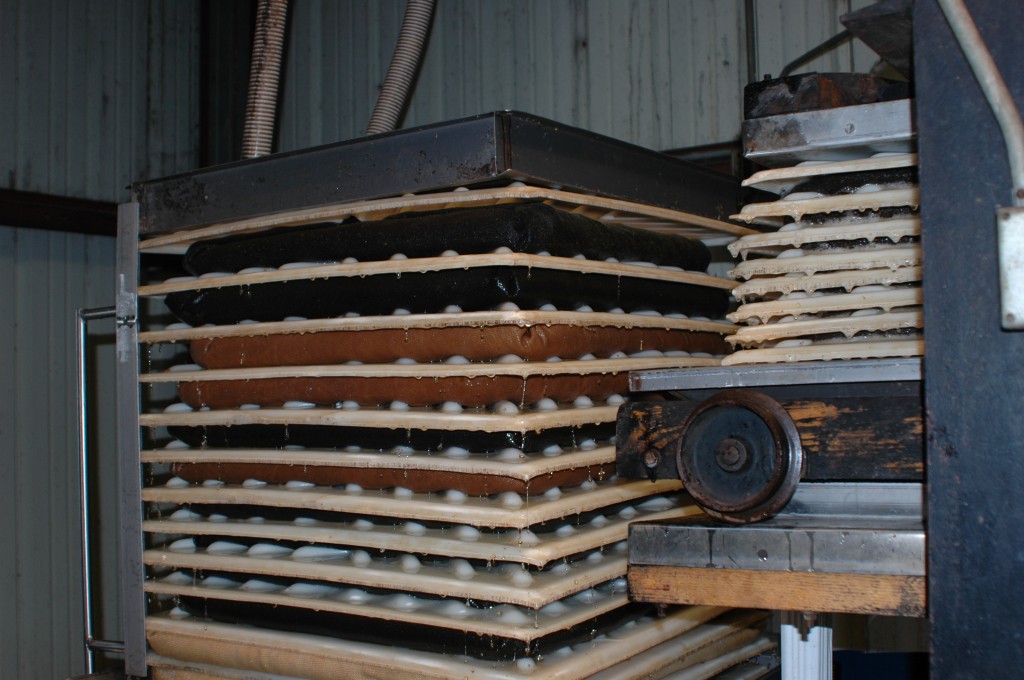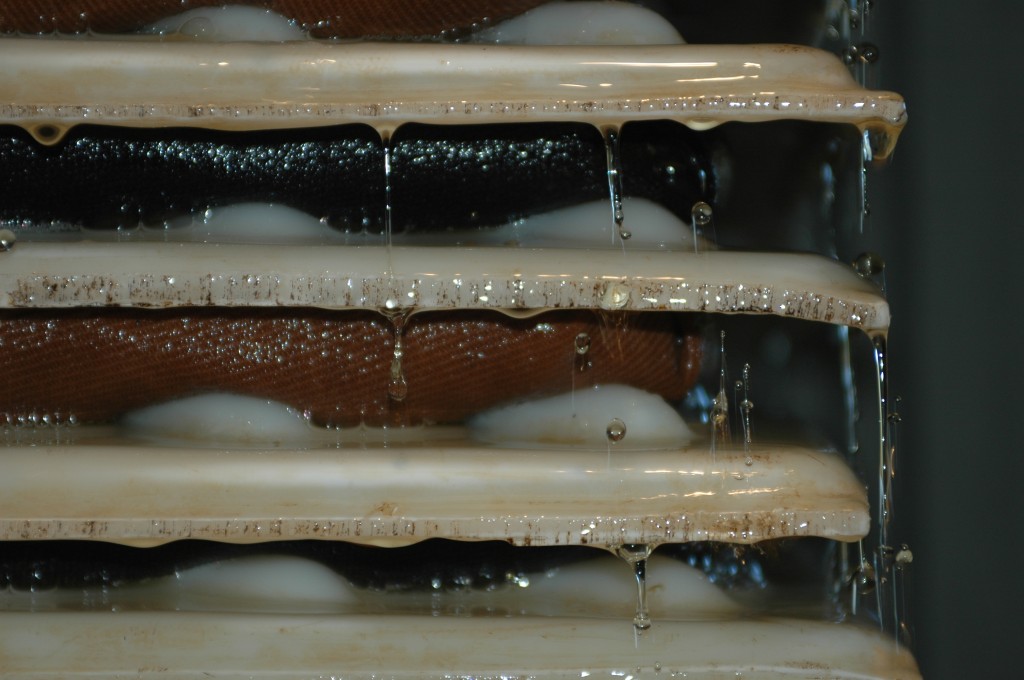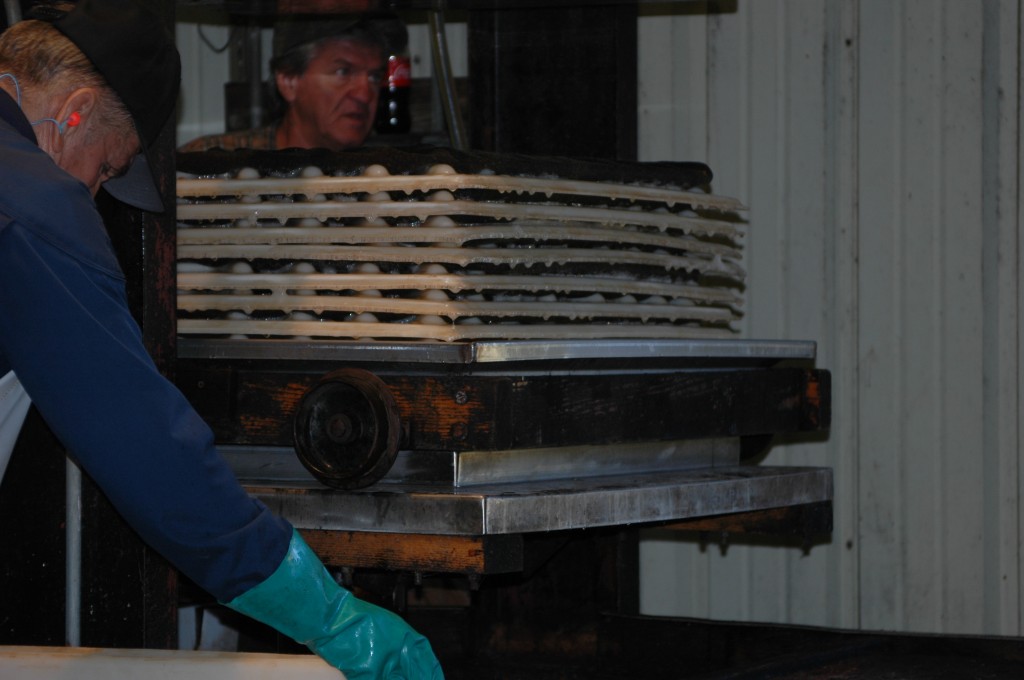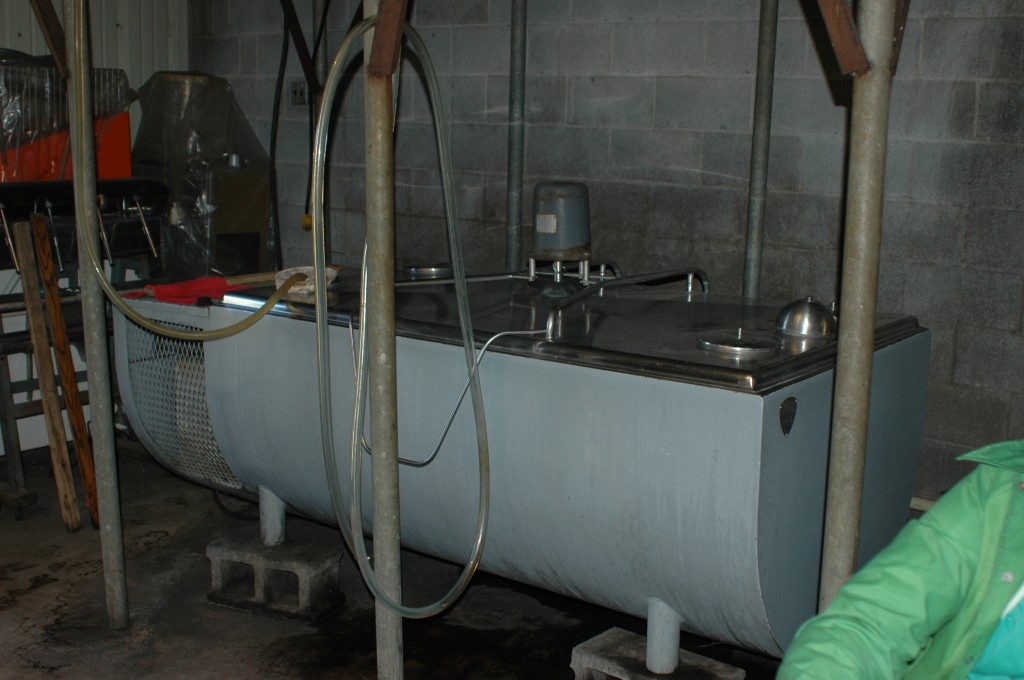Sweet Apple Cider: An American Tradition
Apple growing is an ancient practice amongst human beings, and we are talking biblical old. And, pressing apples for juice is equally ancient. Primitive man figured out pretty quick that the apple tree was a good source of sustenance, an abundant source of sustenance, and the question became, how to preserve this abundance. Pretty much across the board, and across the apple growing world, the solution was to juice the fruit, ferment it, and create an alcoholic beverage with keeping power. Ancient man figured out how to make alcoholic or “hard” cider and he and she continues to do it in the apple producing parts of the world.
And, in “hard” apple cider producing parts of the world, people delight in the fresh pressed apple cider as long as it lasts. But, this fresh pressed cider, or “sweet” cider is just a short lived treat on the way to the manufacture of “hard” apple cider.

